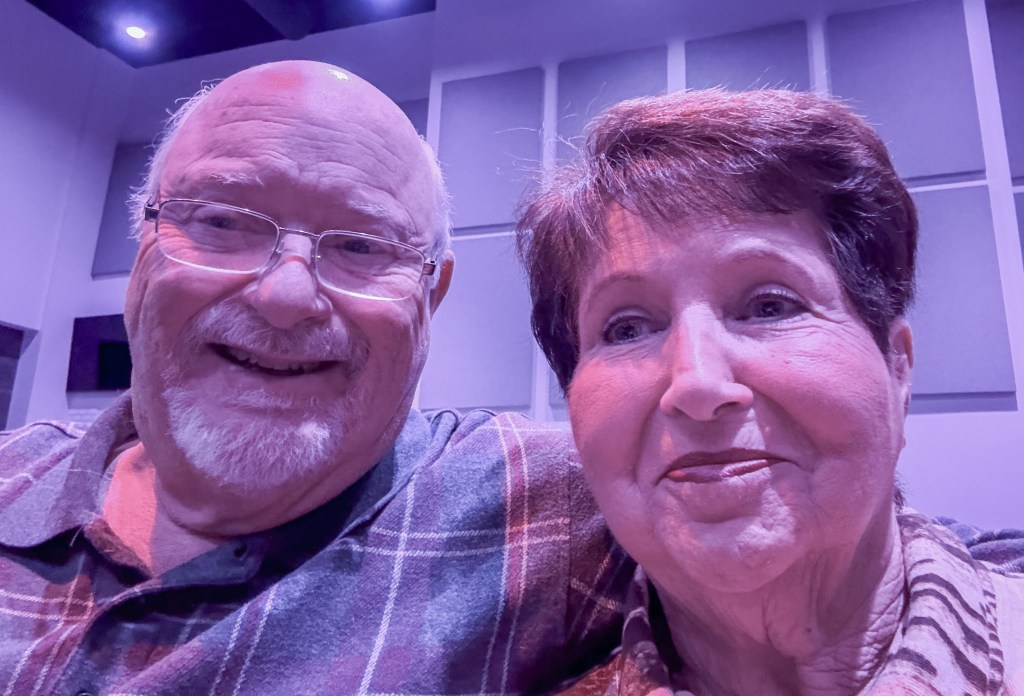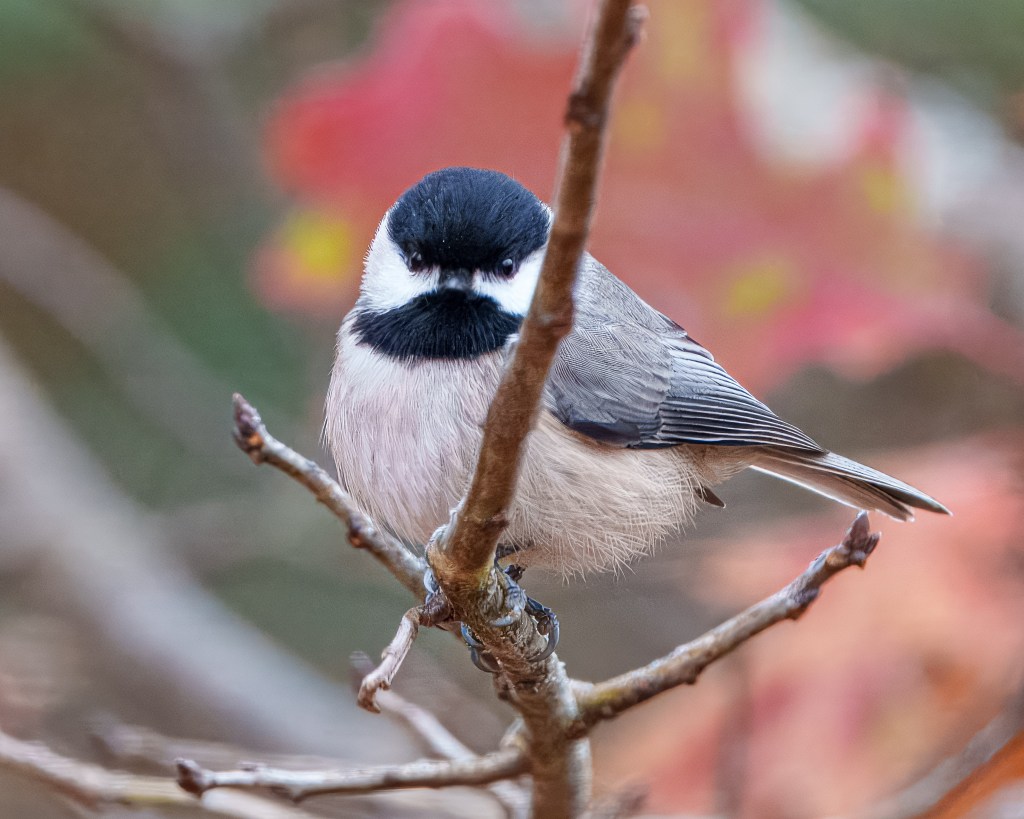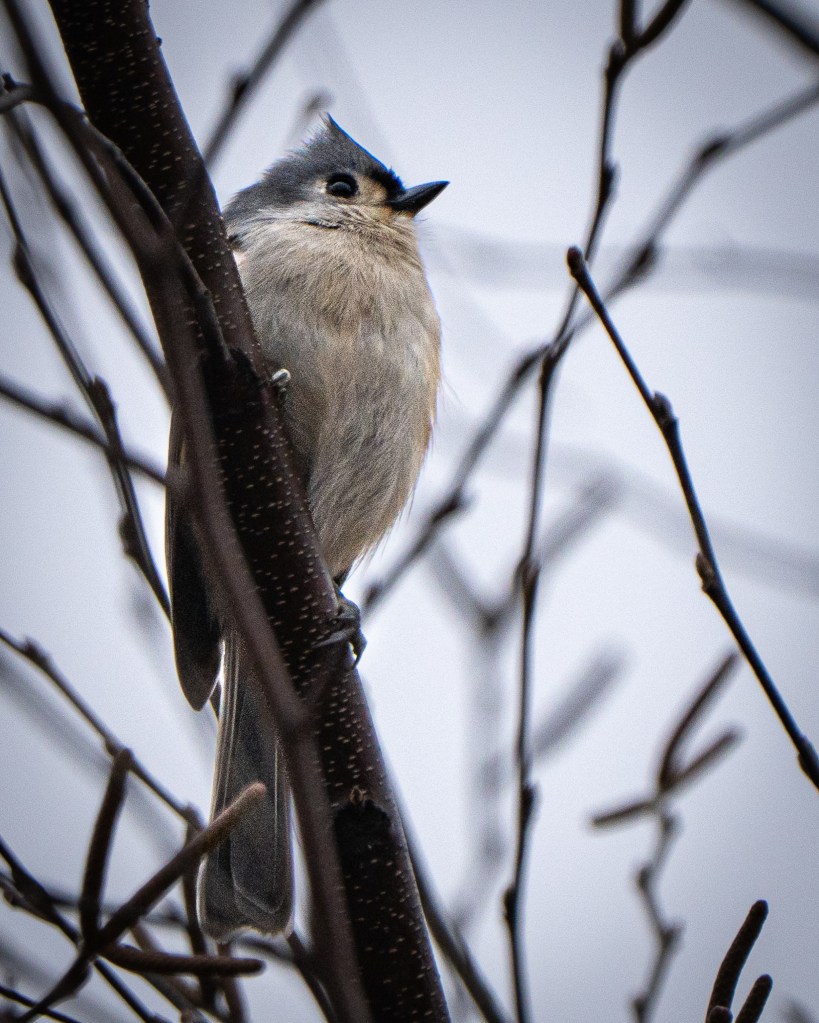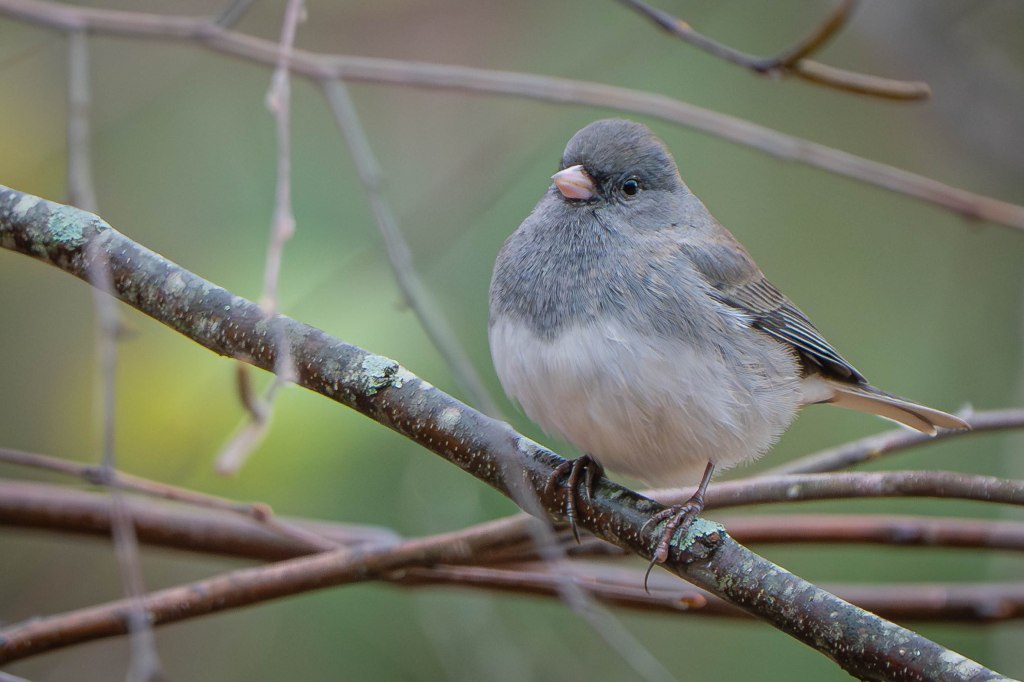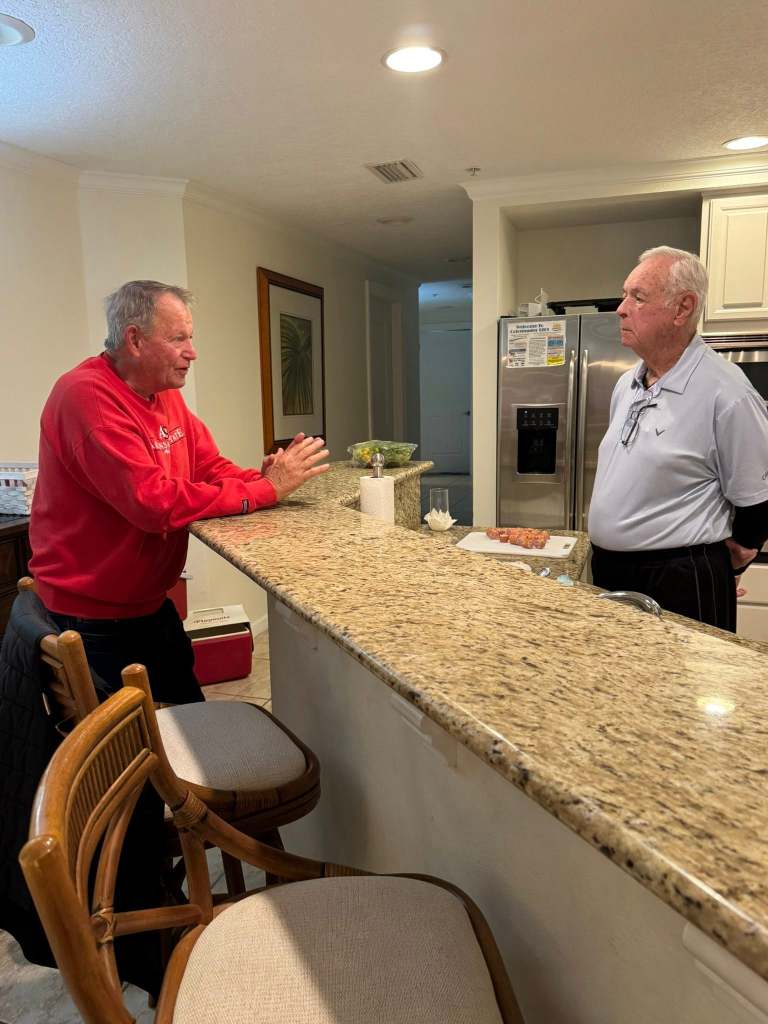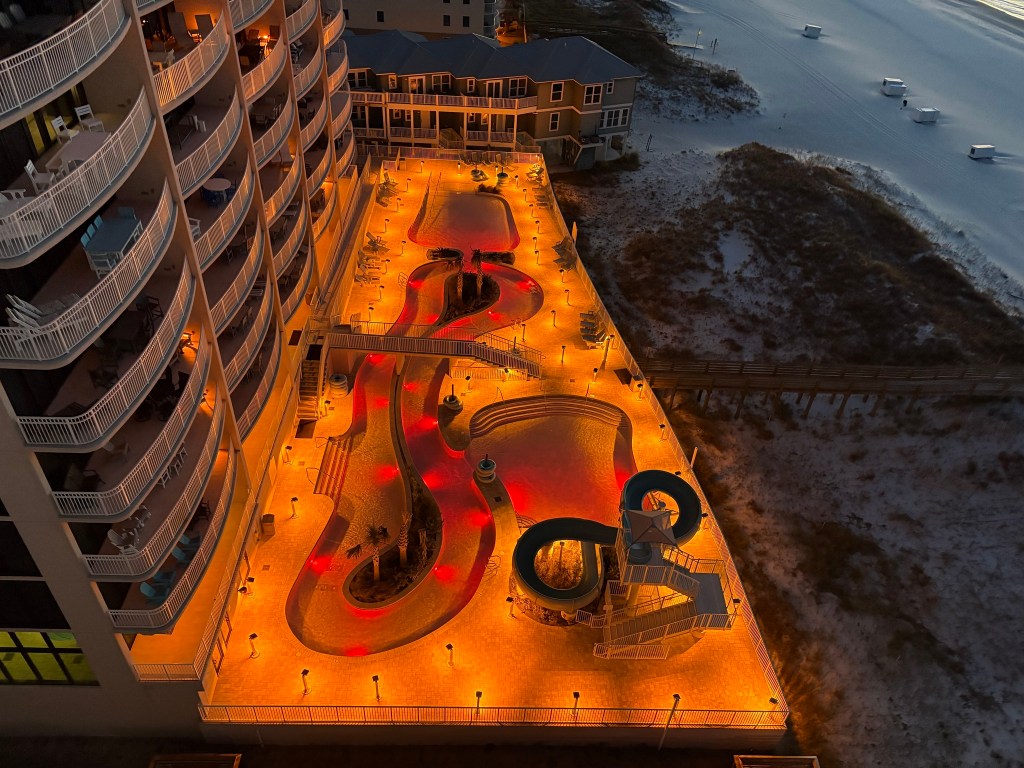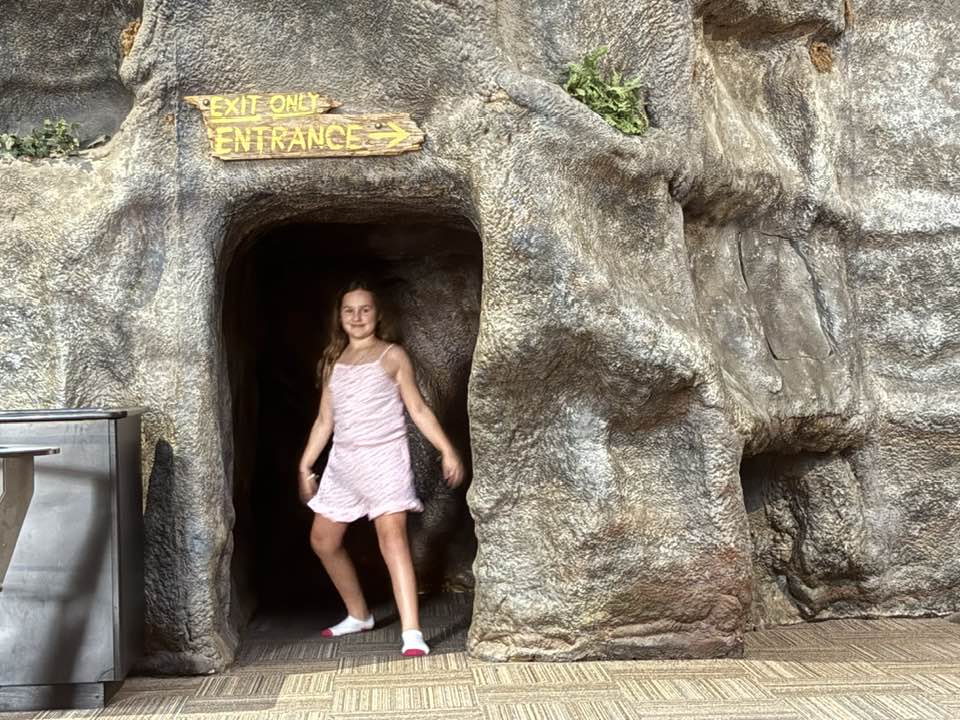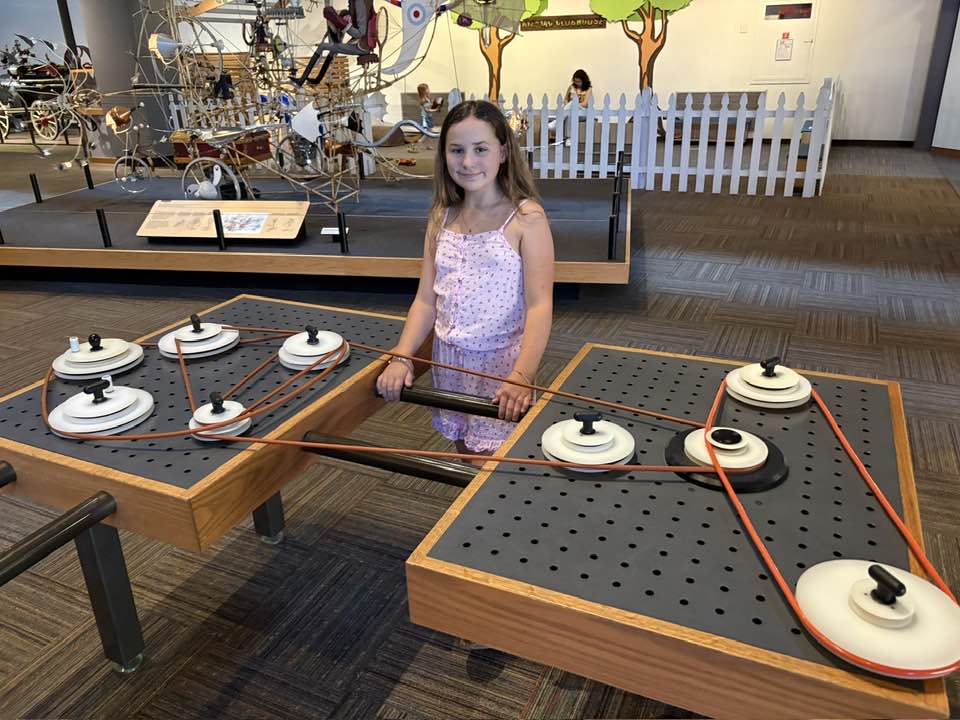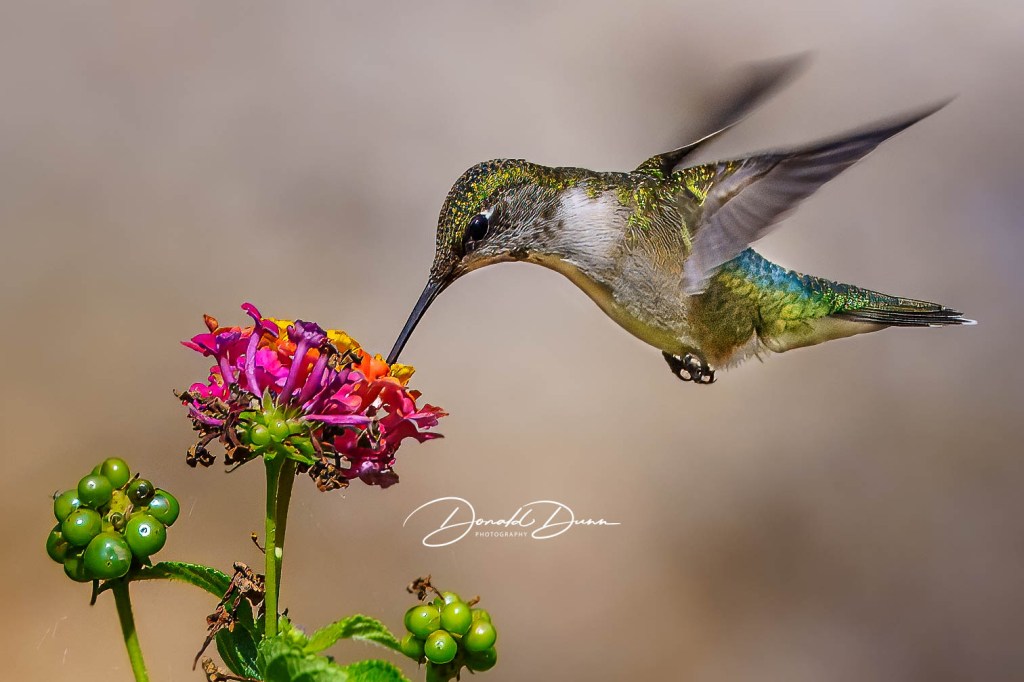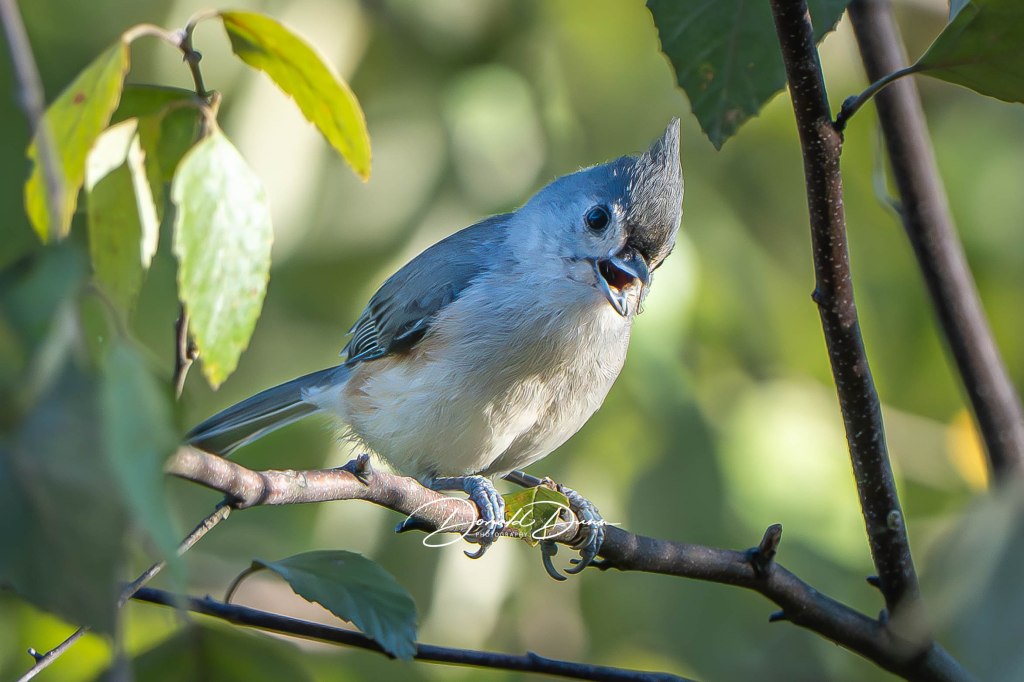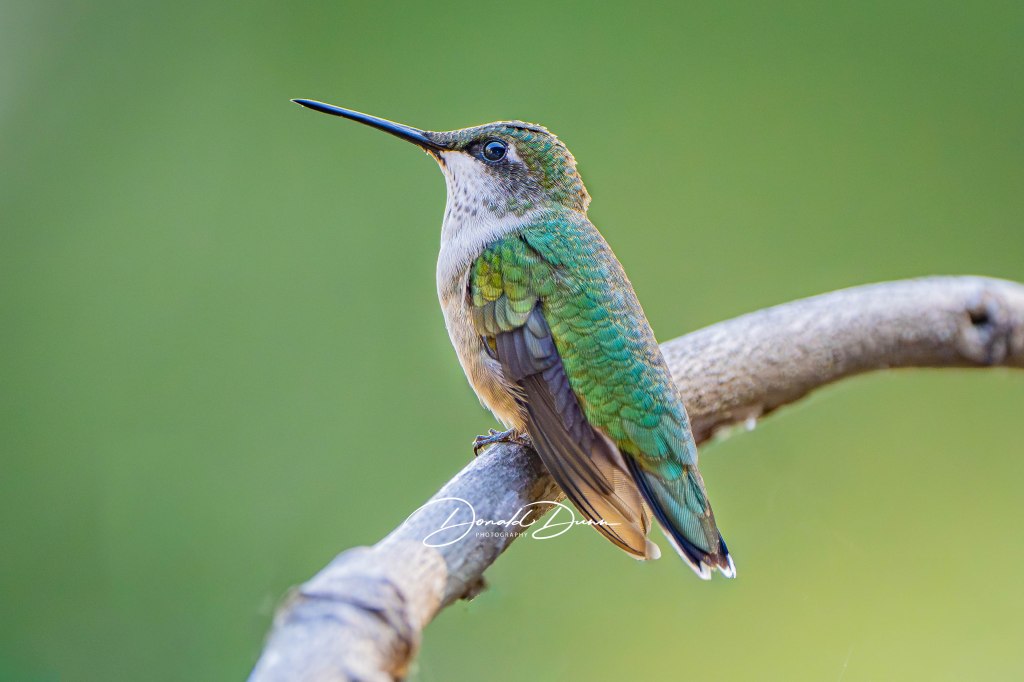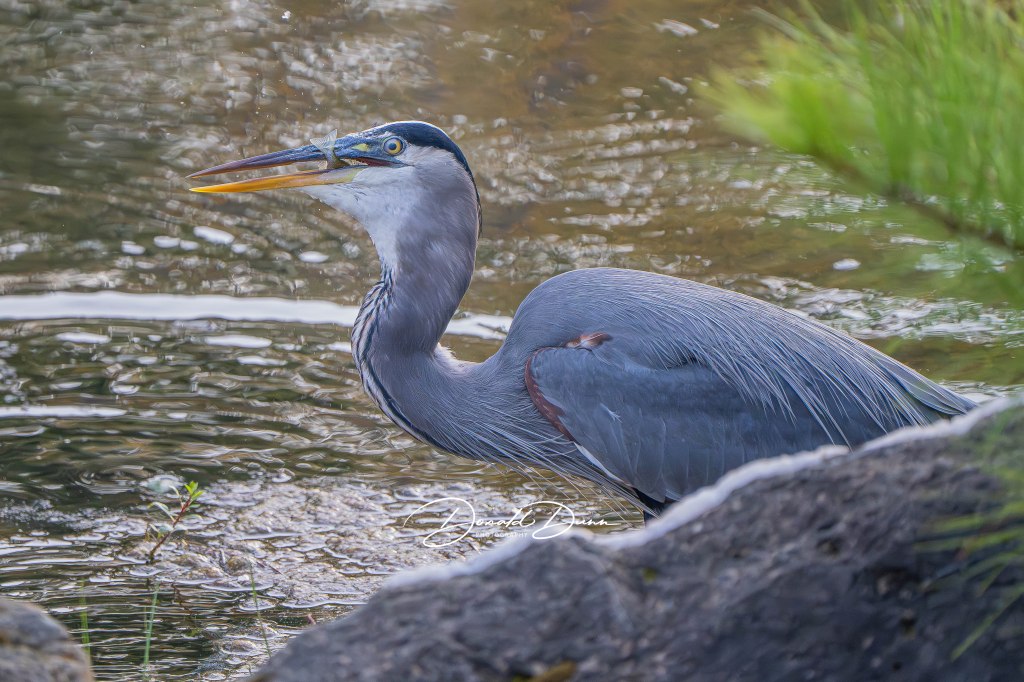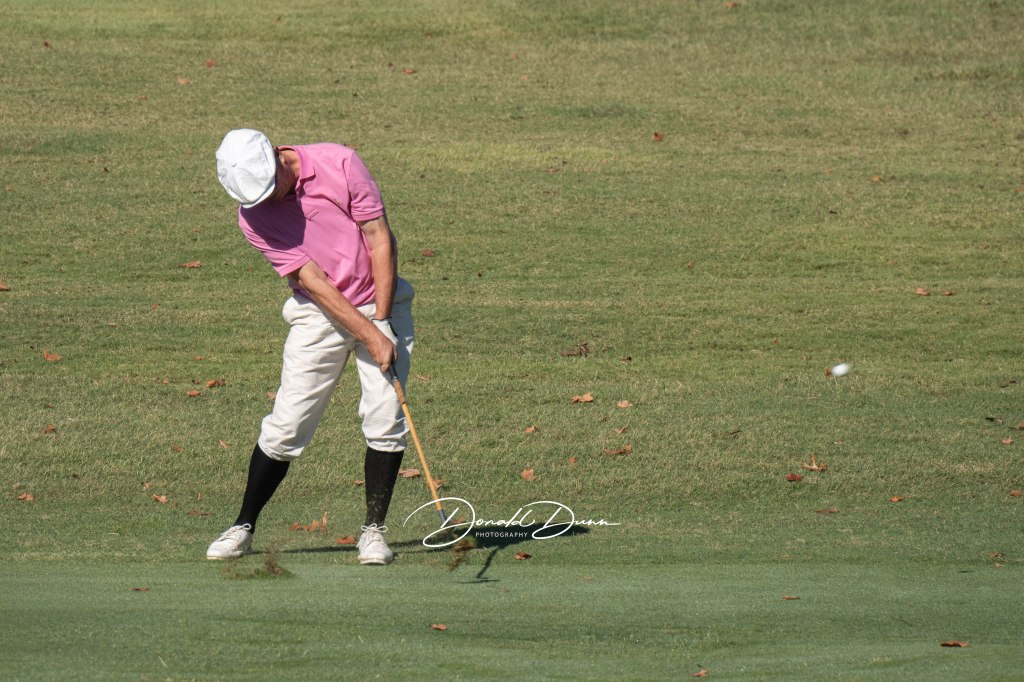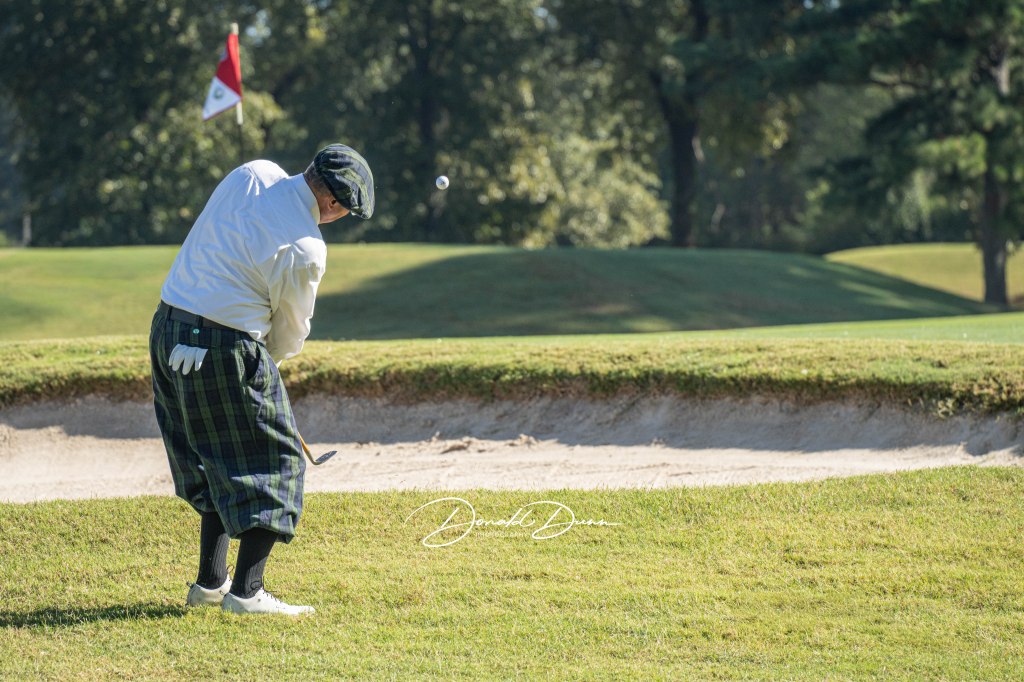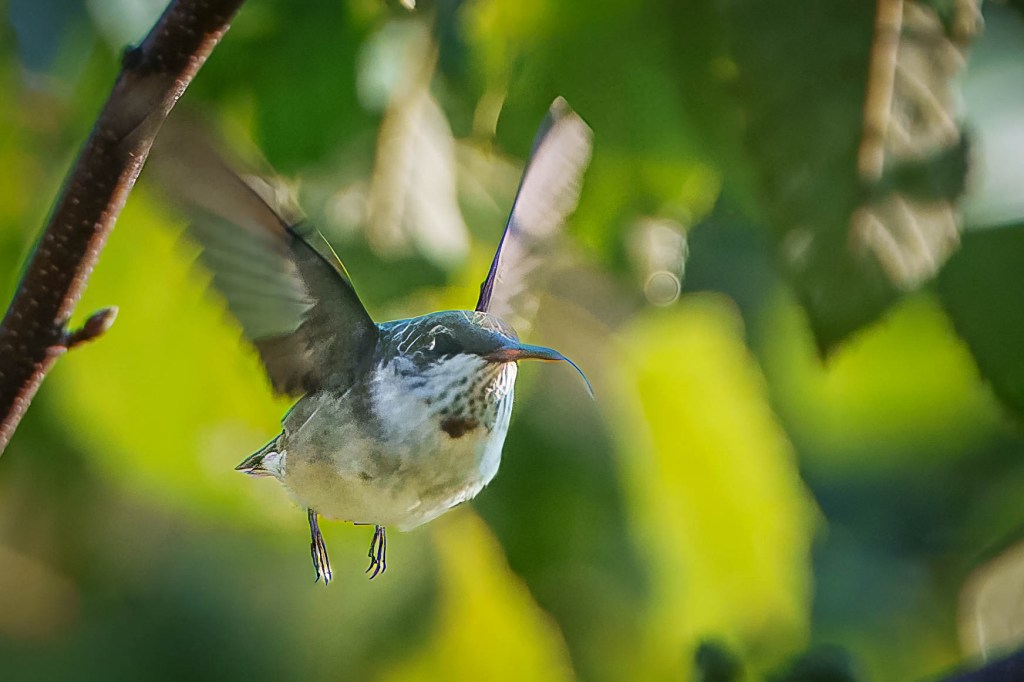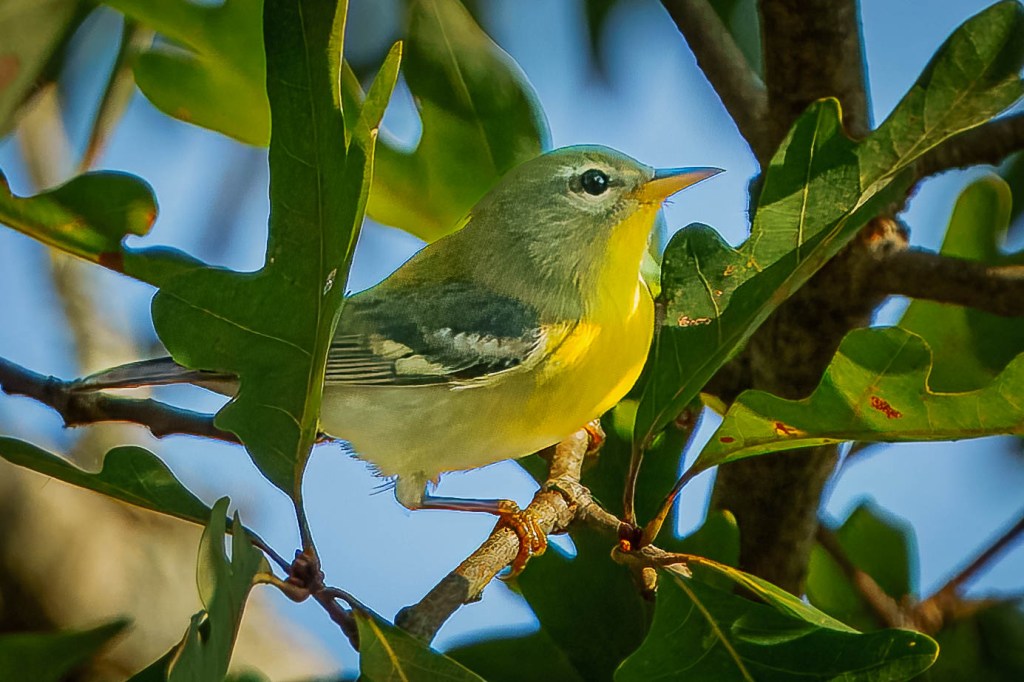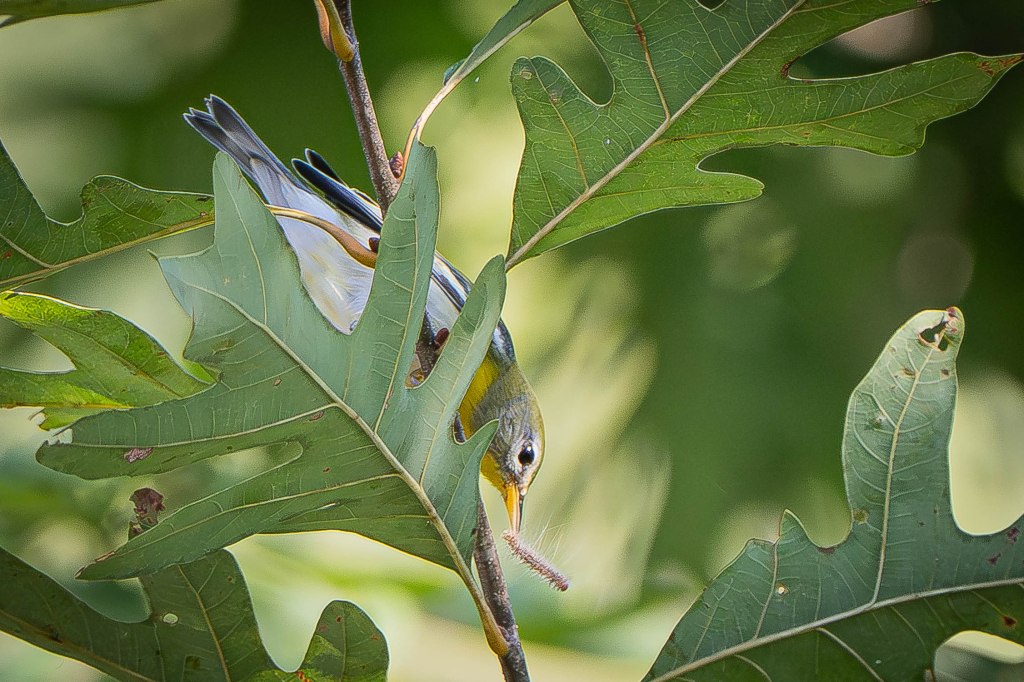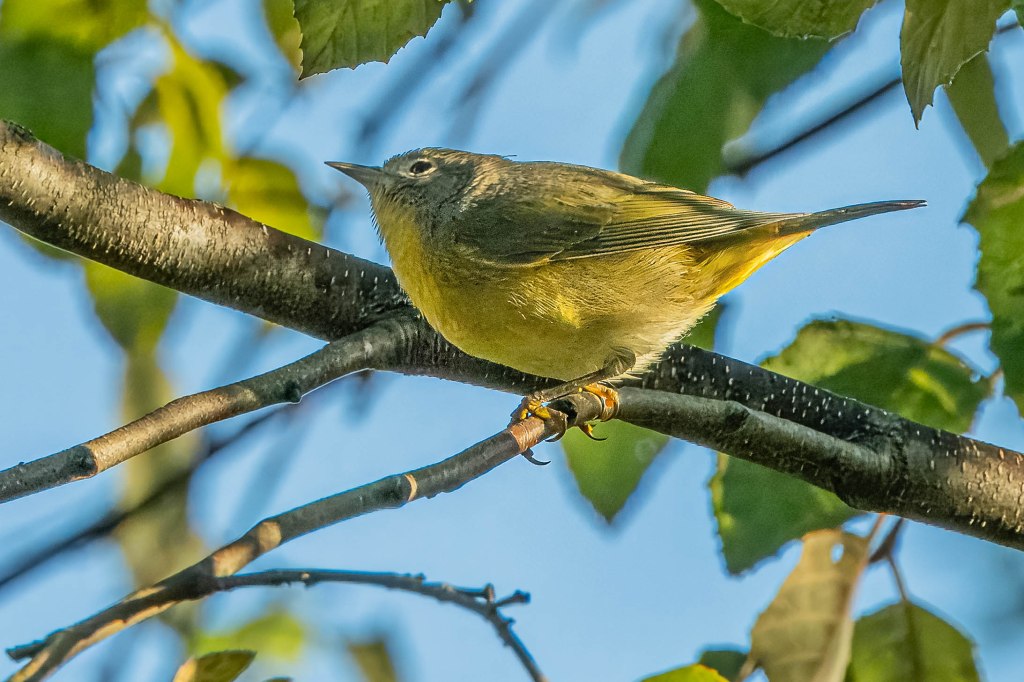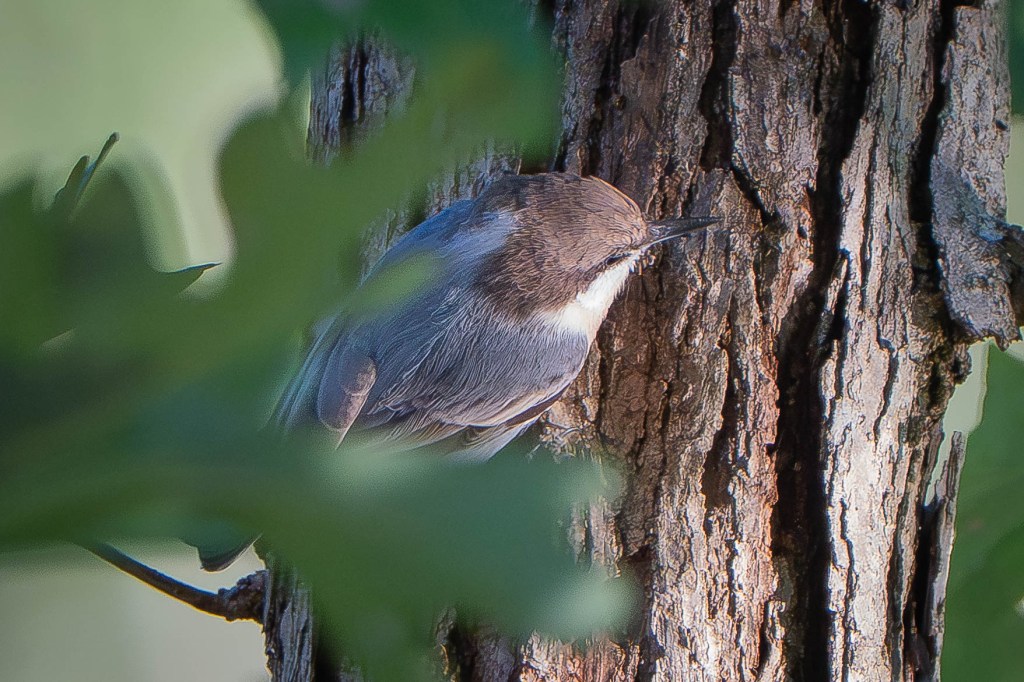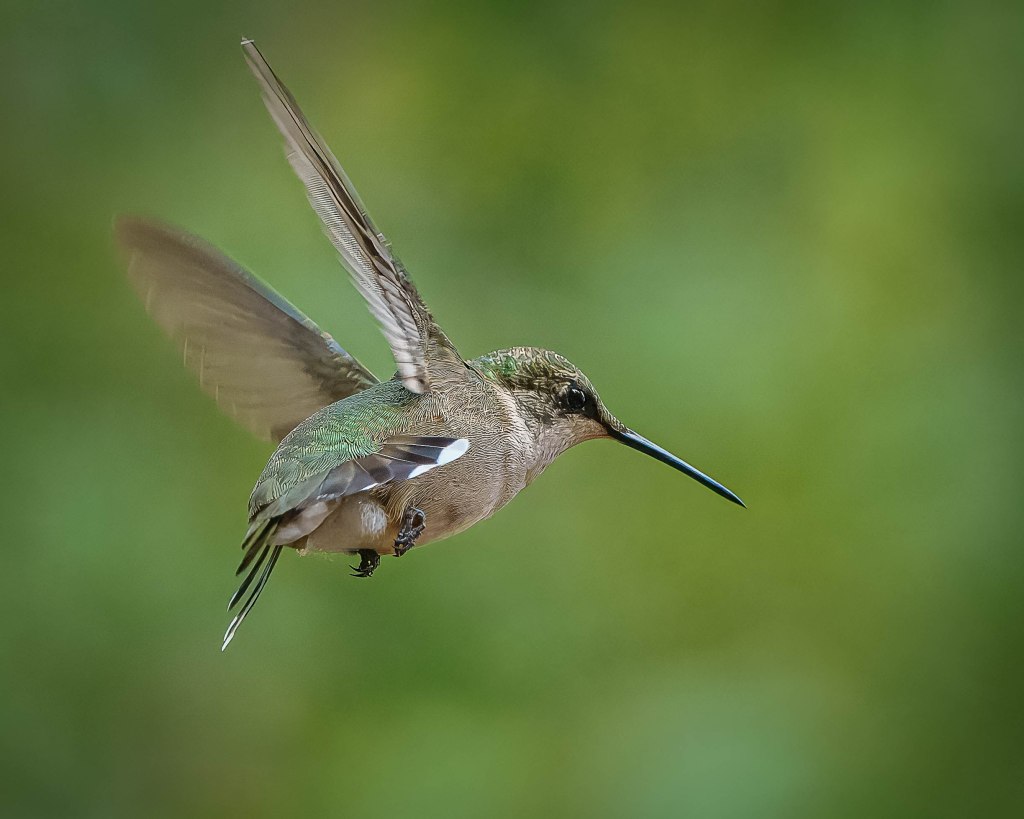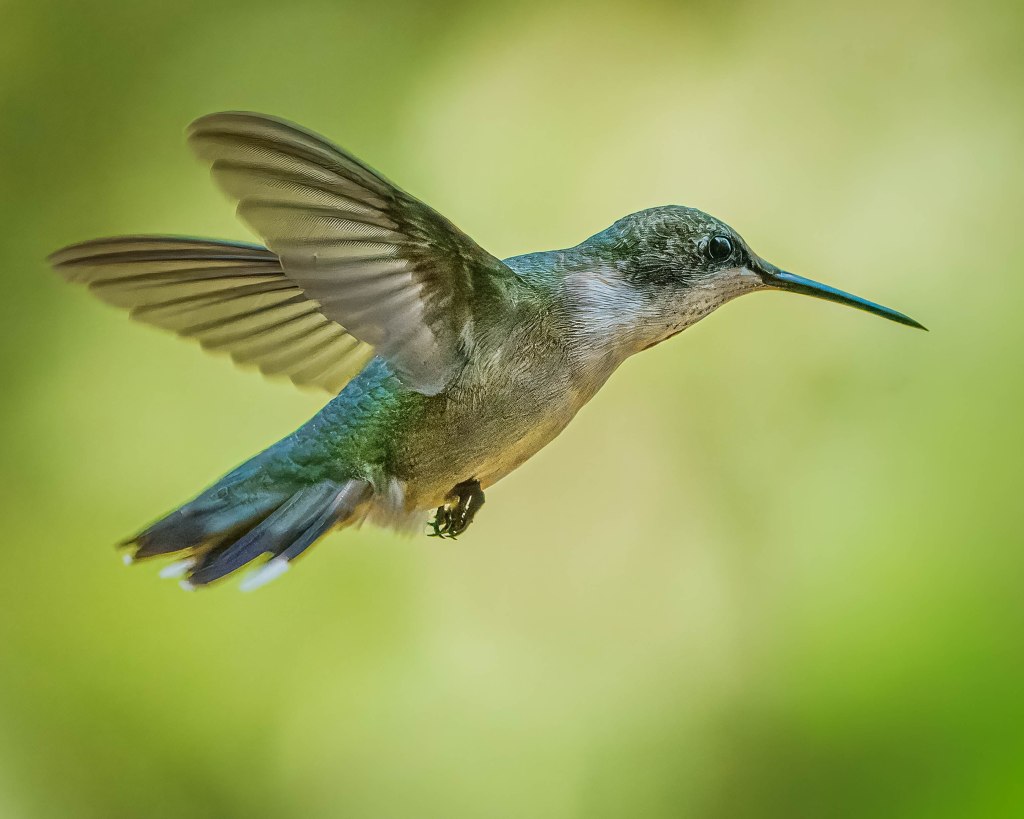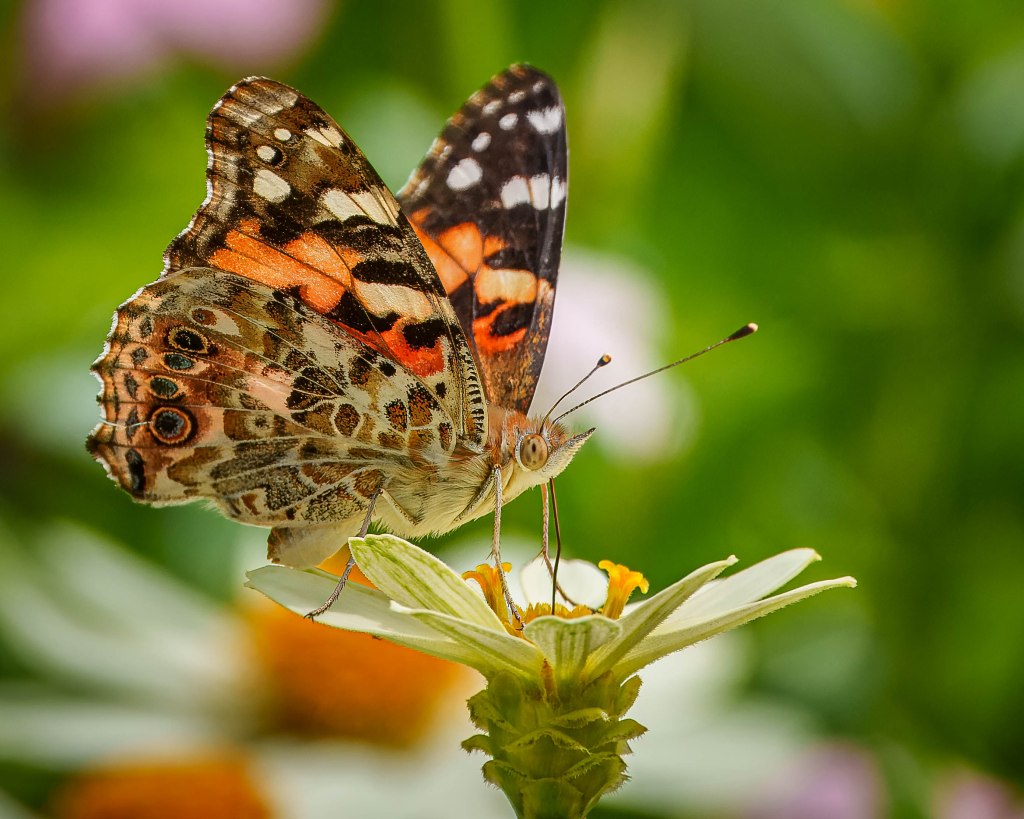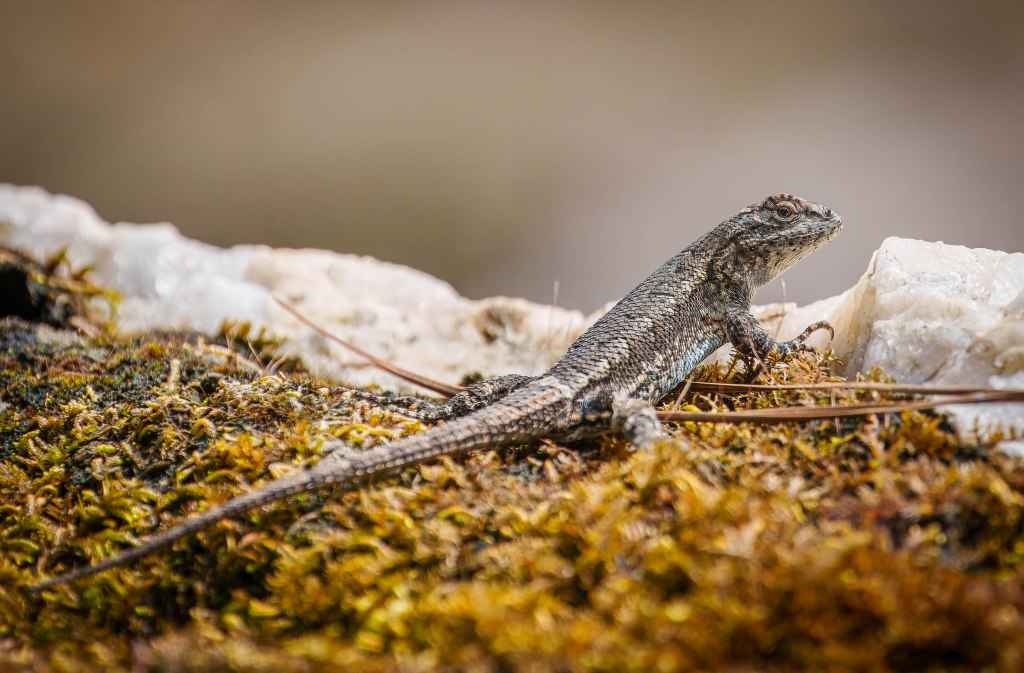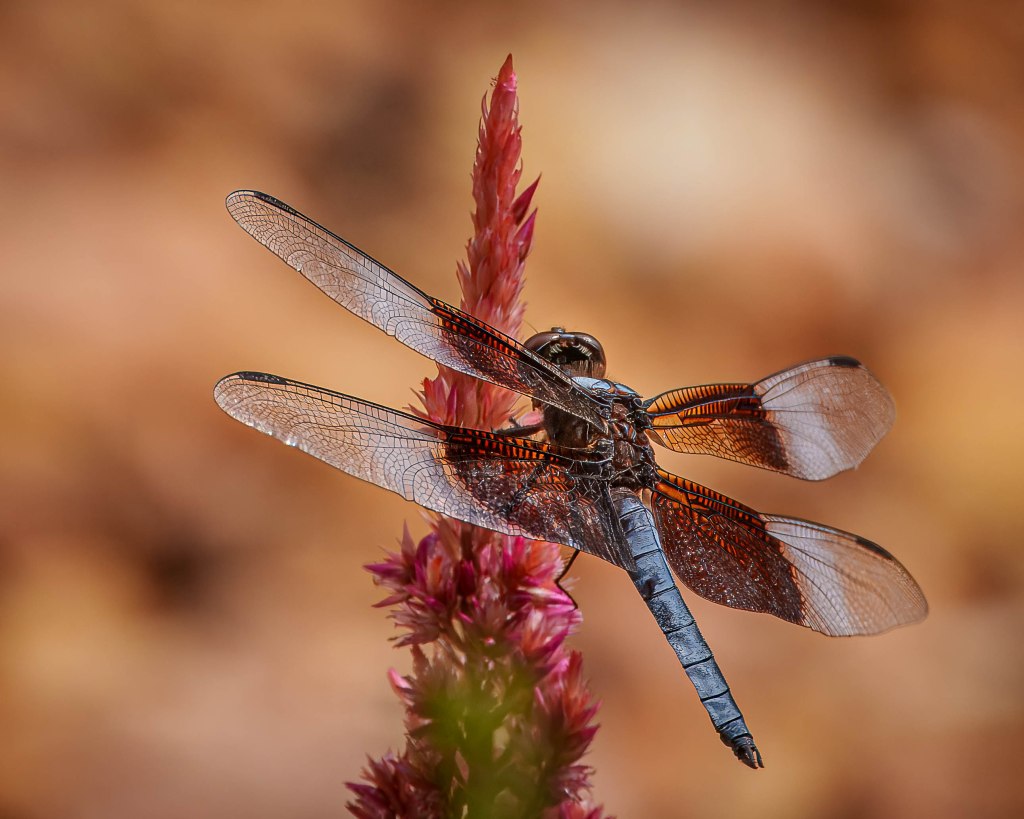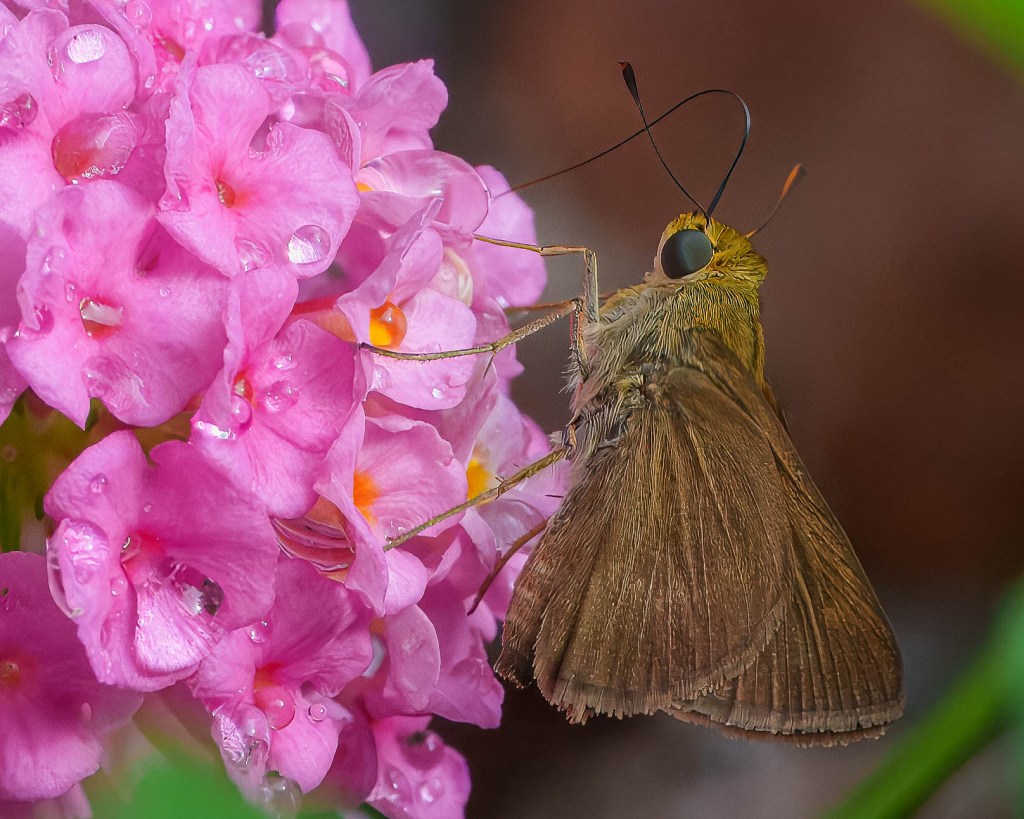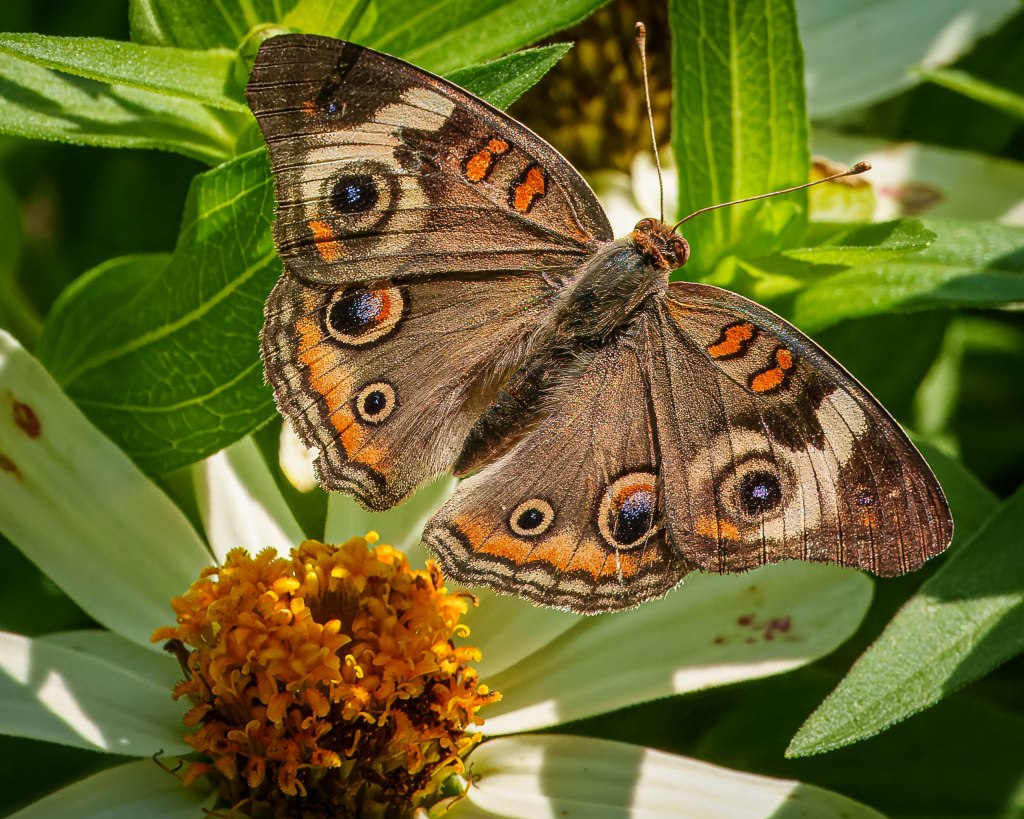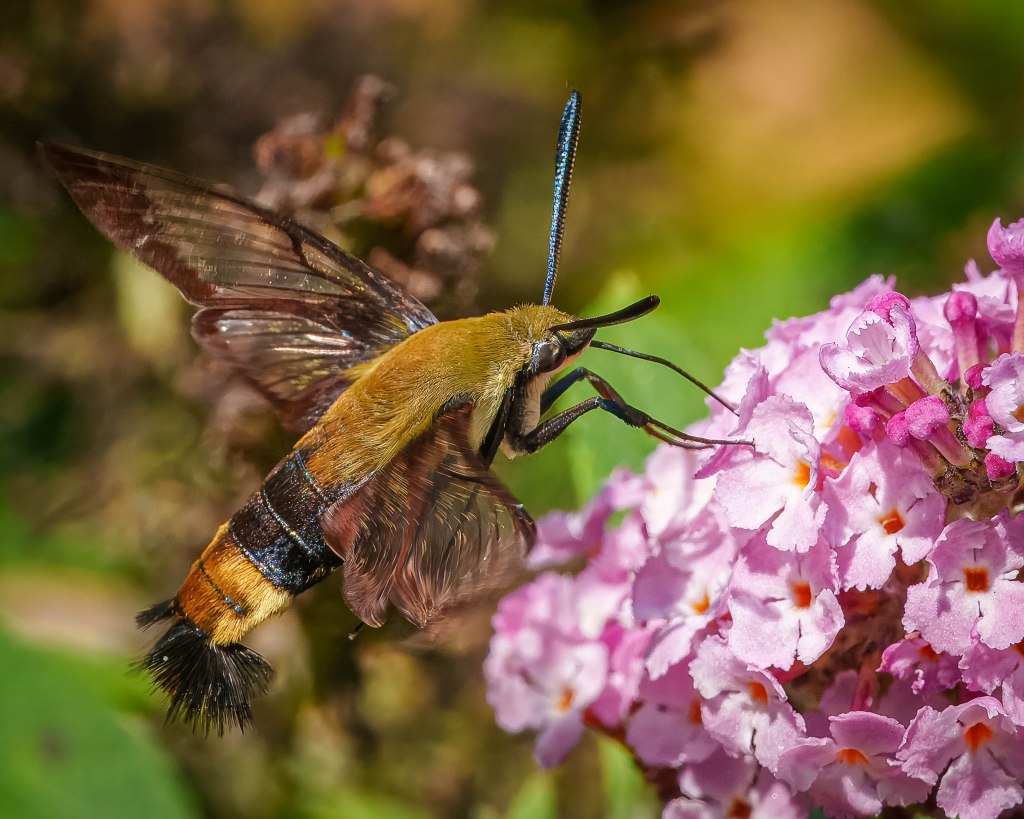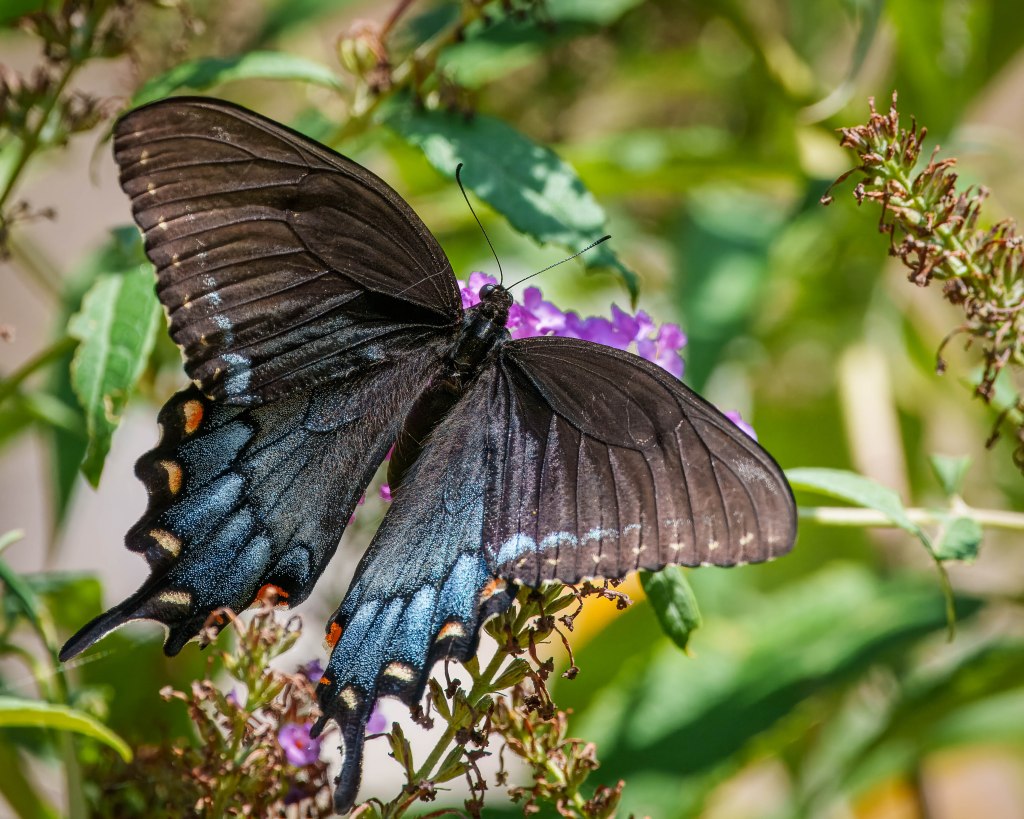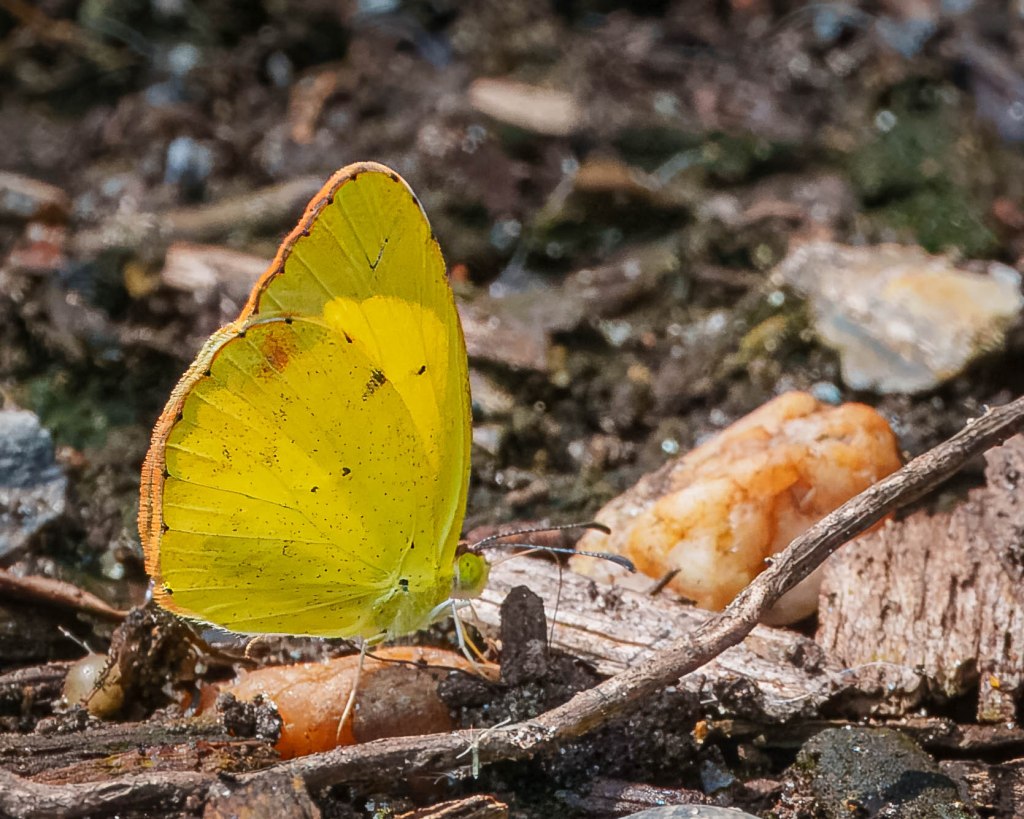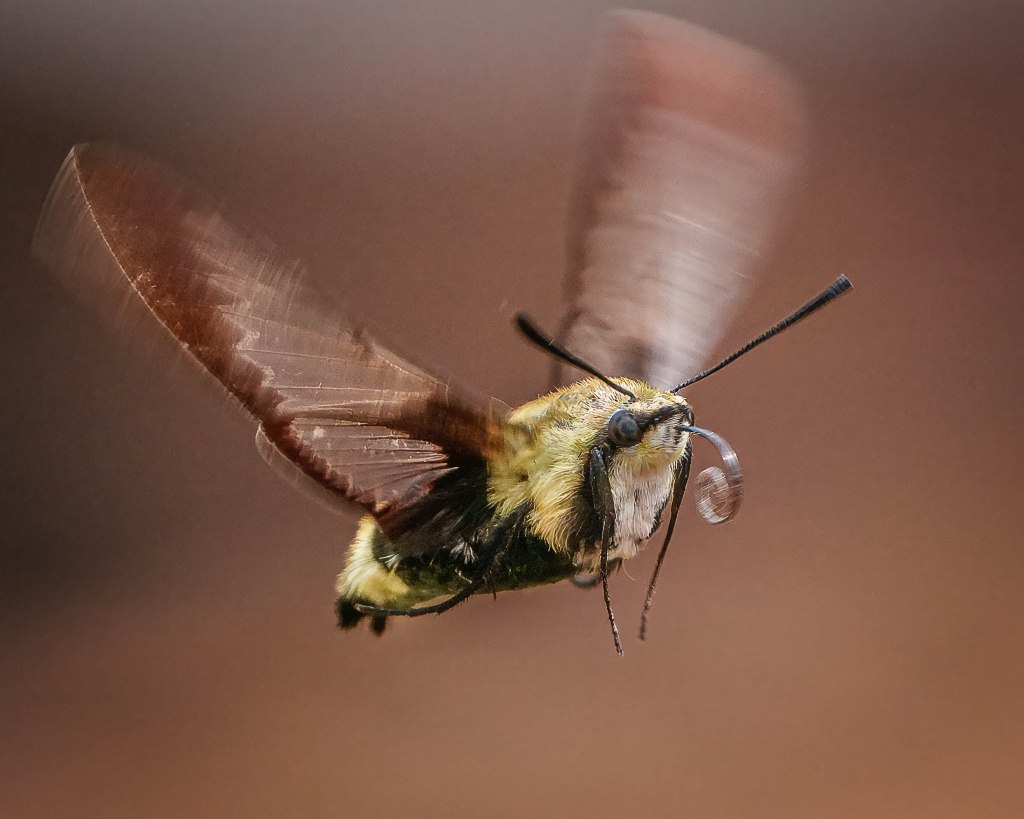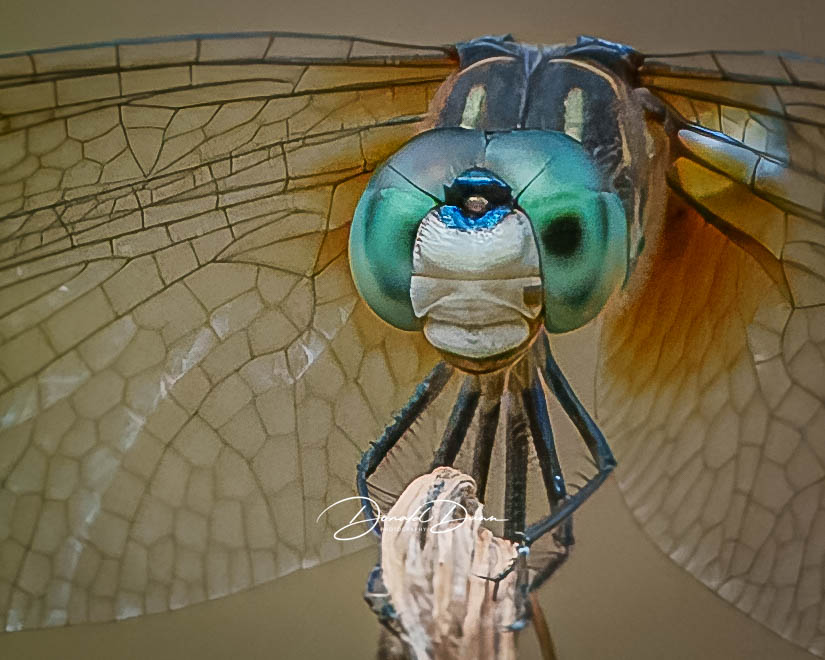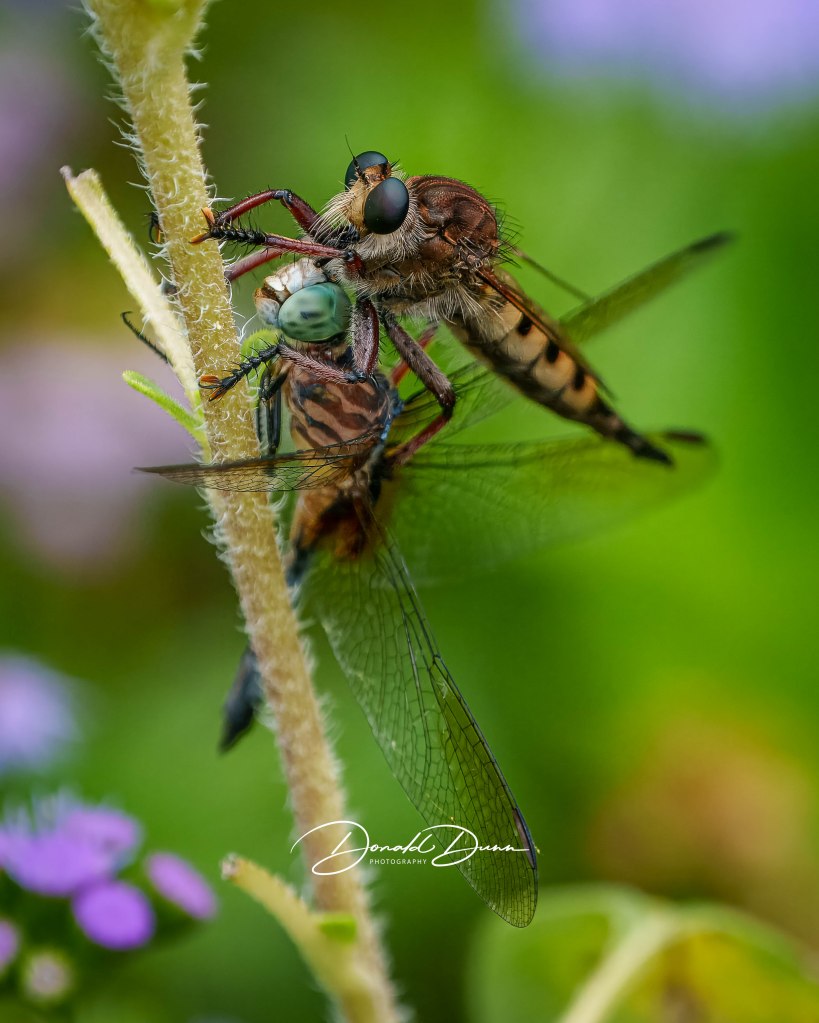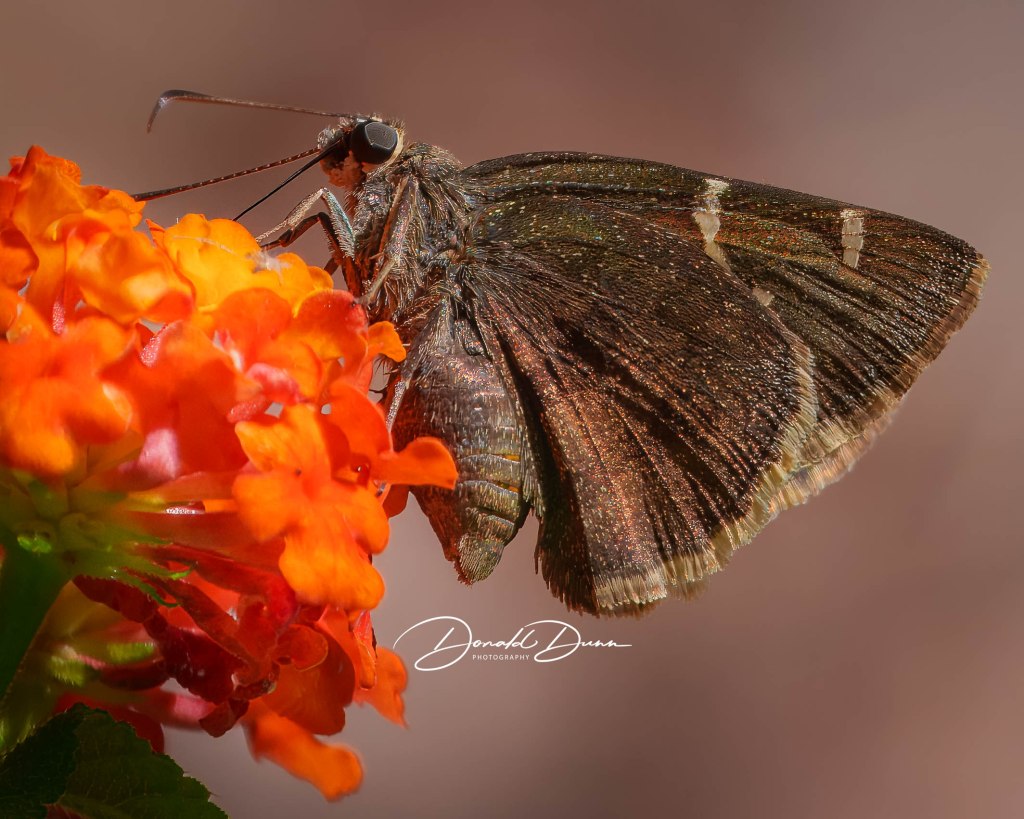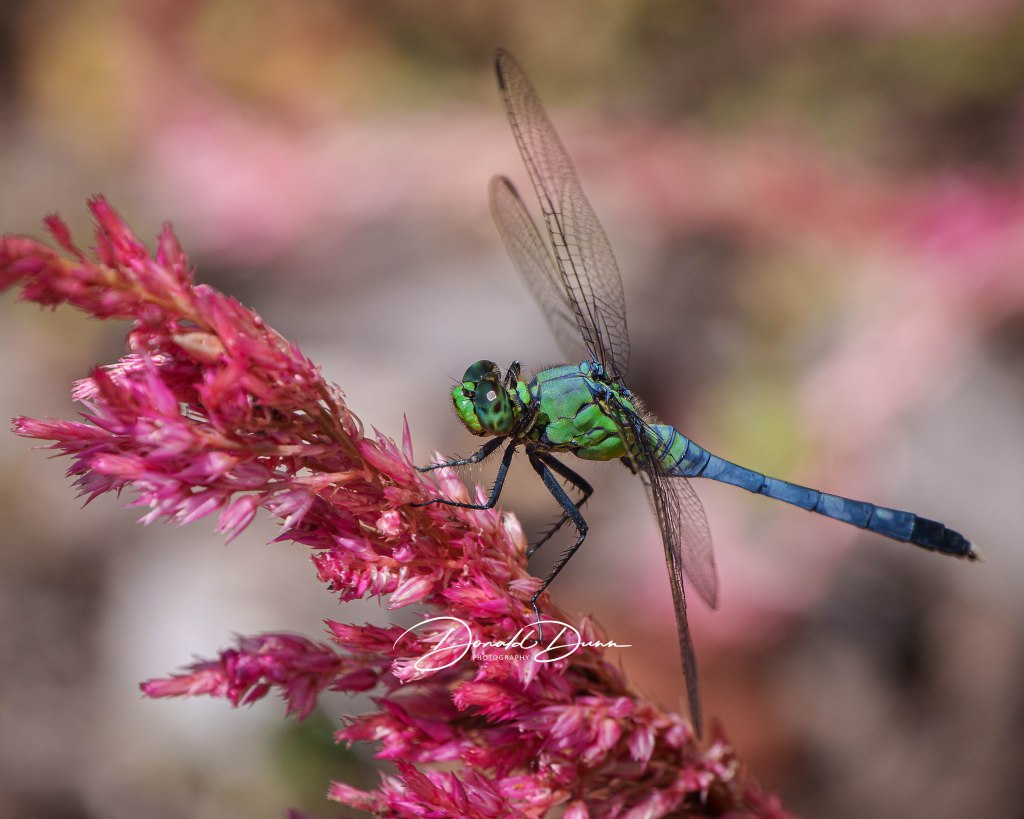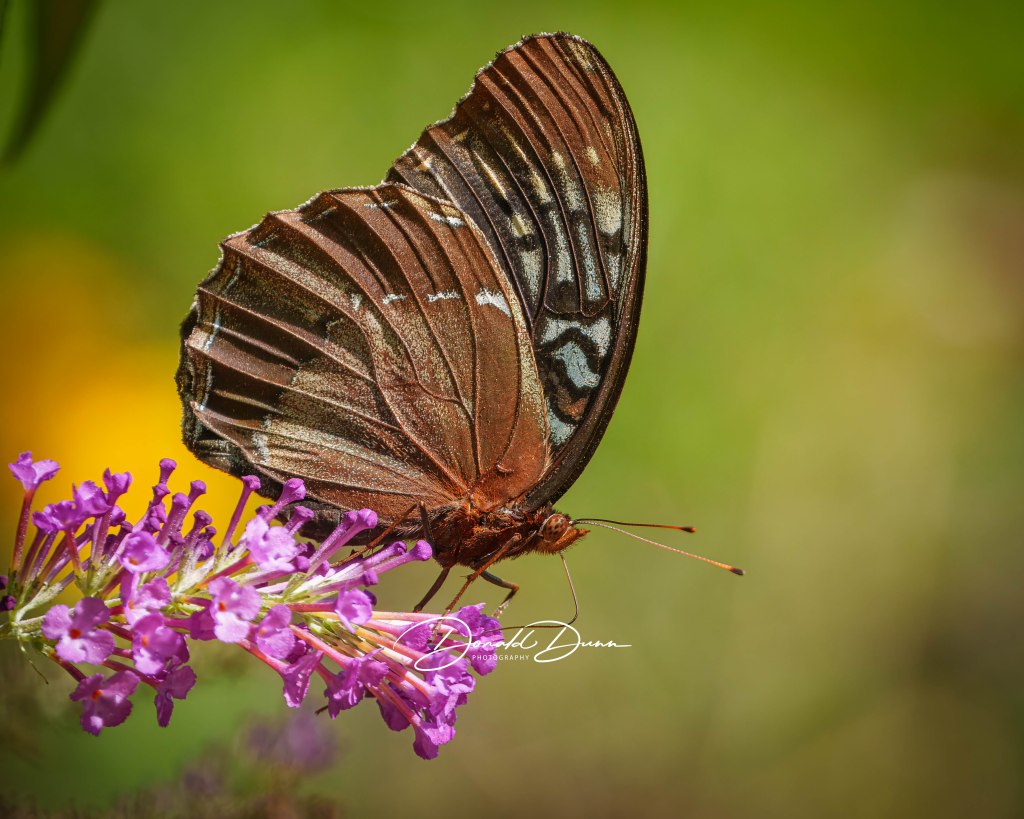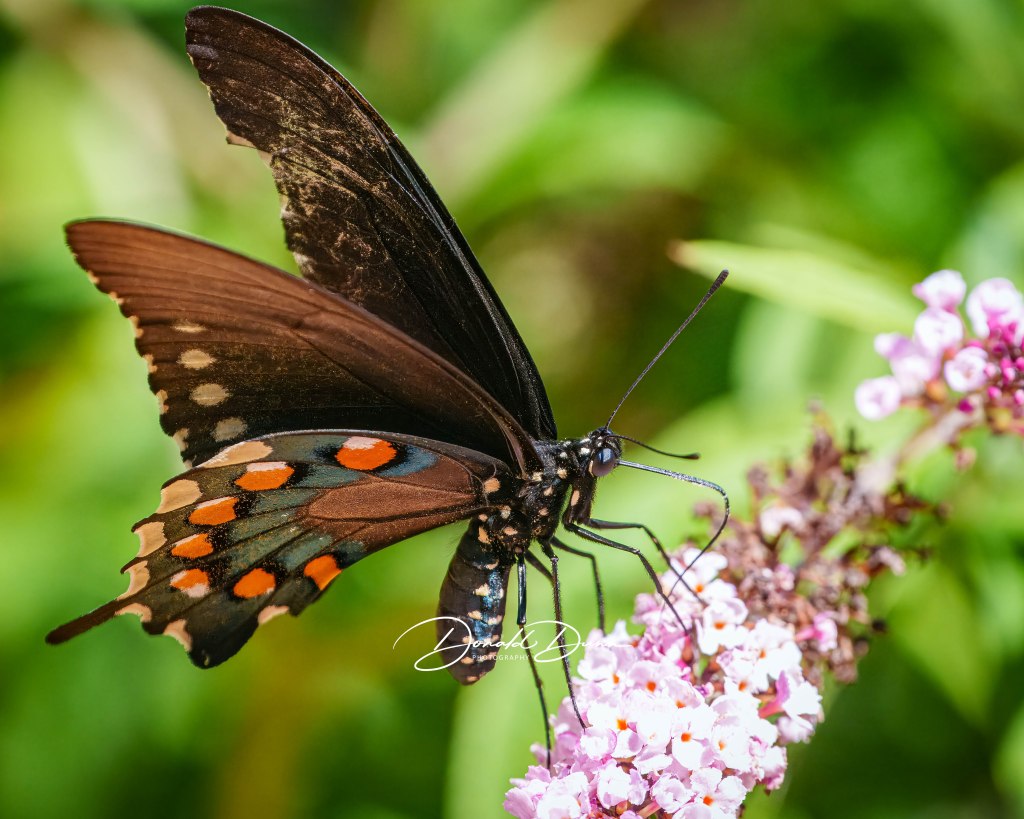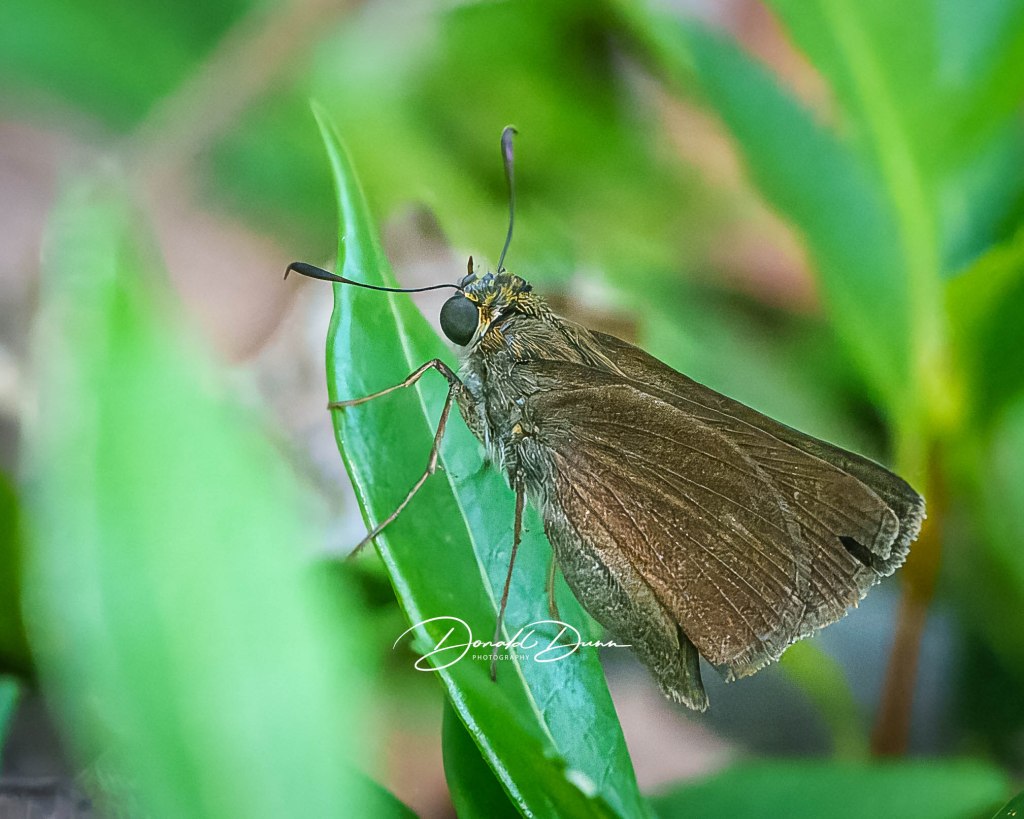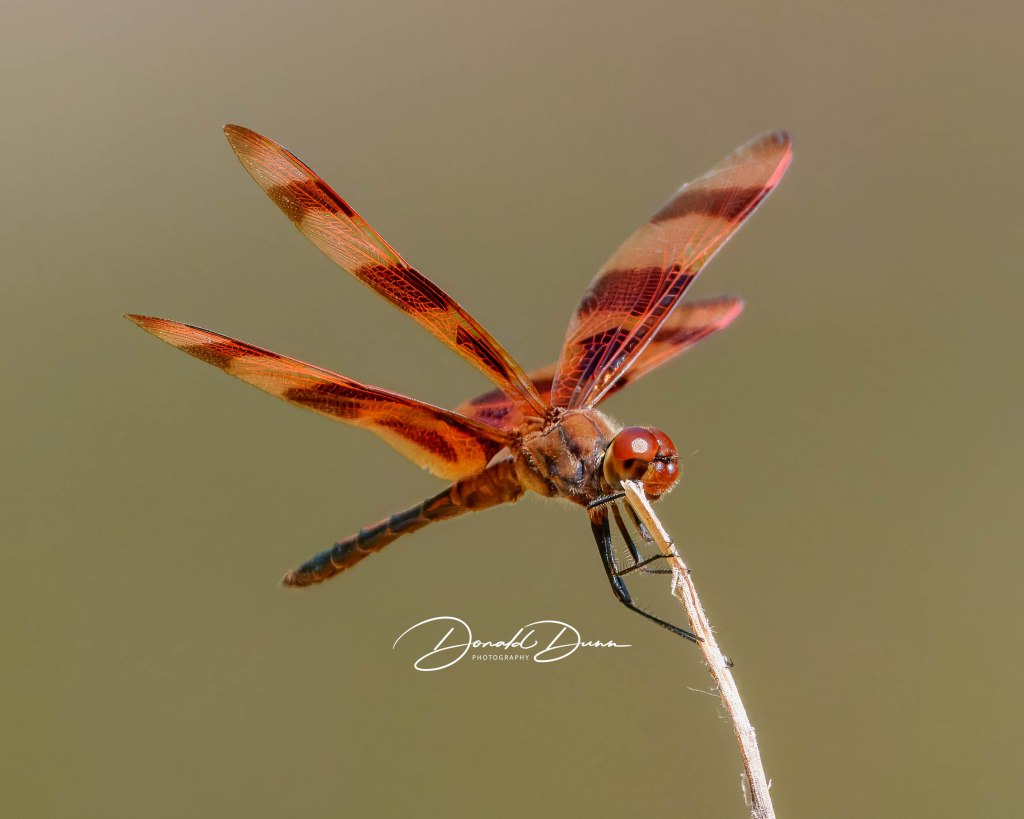Perhaps because we’re not spending the winter away from home this year, it seems that the current holiday season was unusually long and intense. It’s possible that social activities occurred every day or evening from Thanksgiving through New Year’s Eve, and those who know me really well know that I’m not a social person. Kay, however, was “busier” than ever. Let’s see: there was Bubbly Lunch and Bingo, Village Big Band’s Cool Yule Concert, Hand and Foot Card night, The Book Club December meeting,
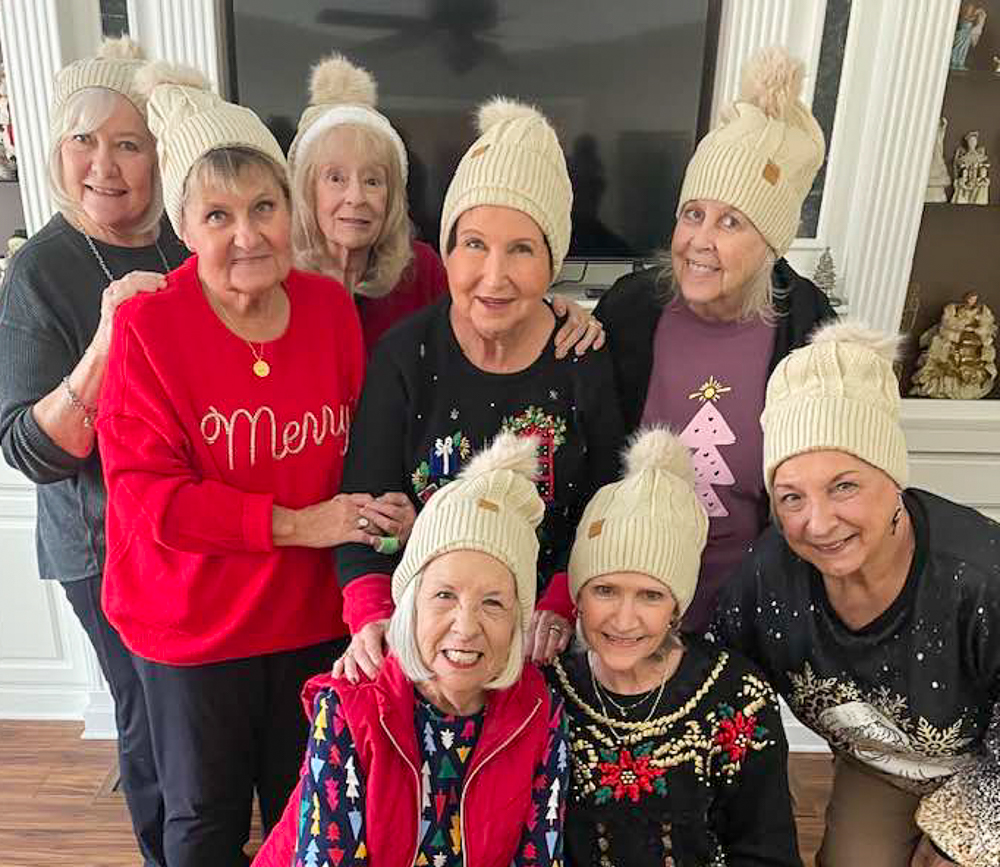
Christmas party at pickleball friends house, Court Sports (tennis and pickleball) Christmas Party, Christ of the Hills UMC Christmas Cantata, Christmas celebration with Kay’s family, Communion and Candlelights service at Christ of the Hills UMC, Christmas Eve dinner at the Morris’, and another Hand and Foot Card night. New Year’s Eve ended at 9:00 PM for us. Christmas gift giving was very low key for Kay and me; we have everything we need and virtually everything we want.
Despite all the extra activities, we did manage to play pickleball almost every day, and I played golf on the two Mondays and a non-holiday Thursday.
I only managed to “shoot” (i.e. photograph) four days during the sixteen days. On December 22, 2025, a Tufted Titmouse and a Carolina Chickadee were the only birds willing to pose.
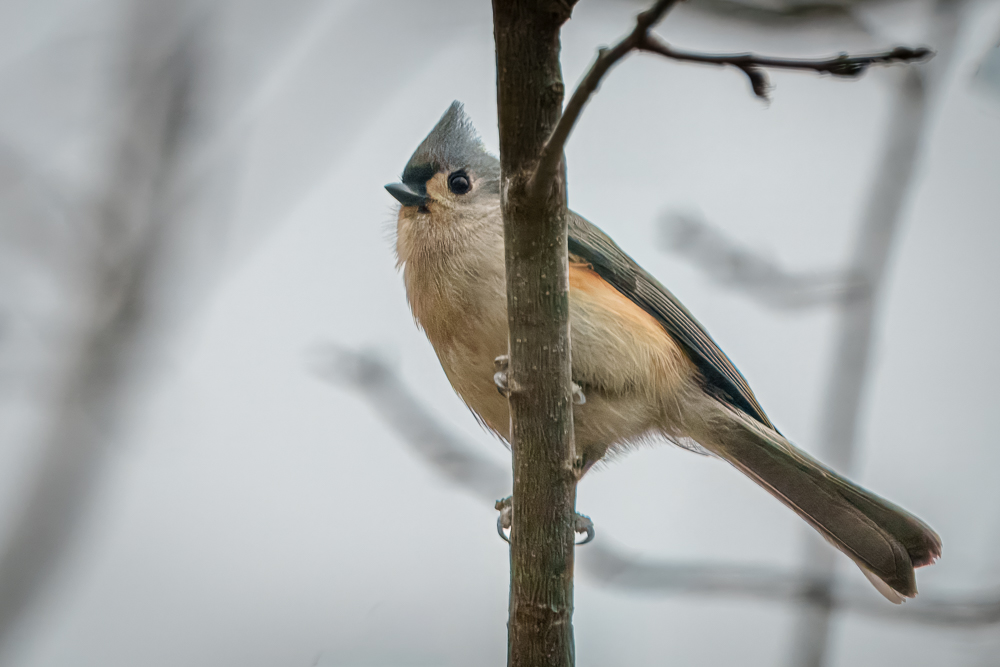
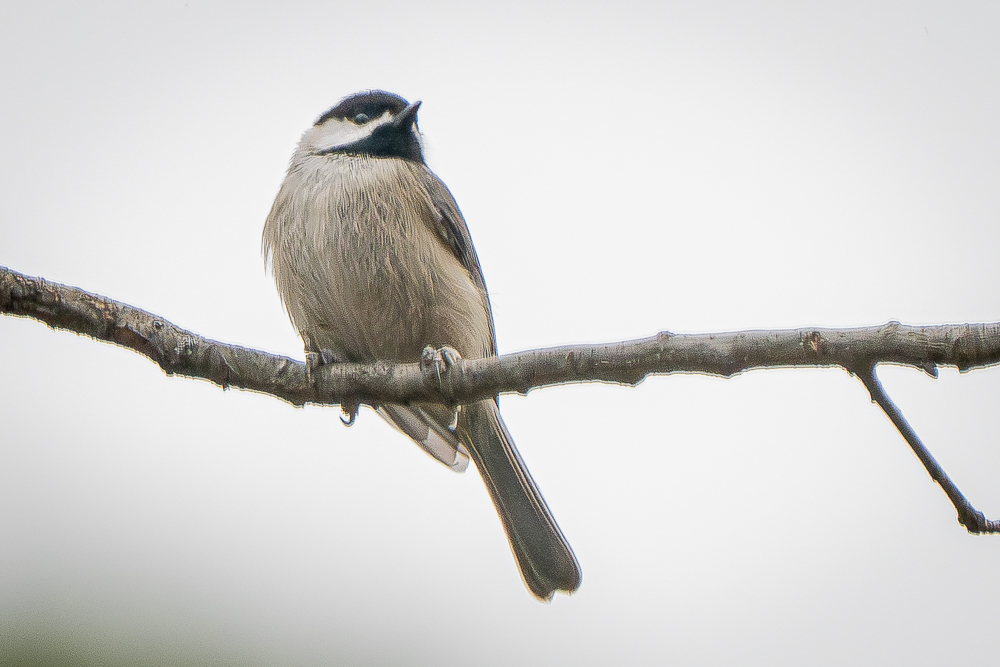
December 23, 2025, yielded a a Carolina Chickadee and Tufted Titmouse, plus a Red-bellied Woodpecker and squirrel.
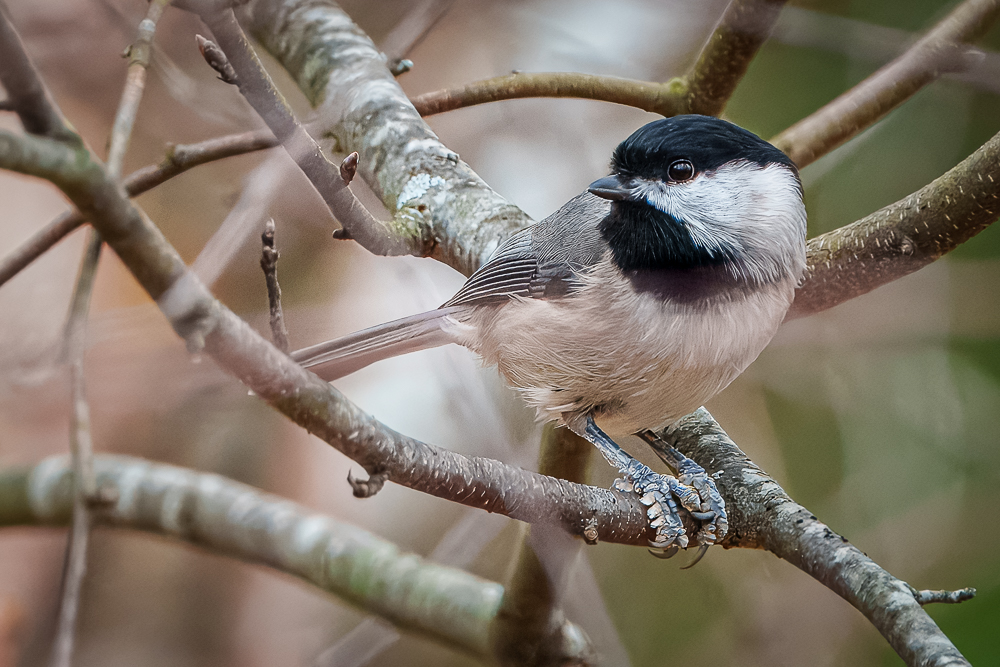


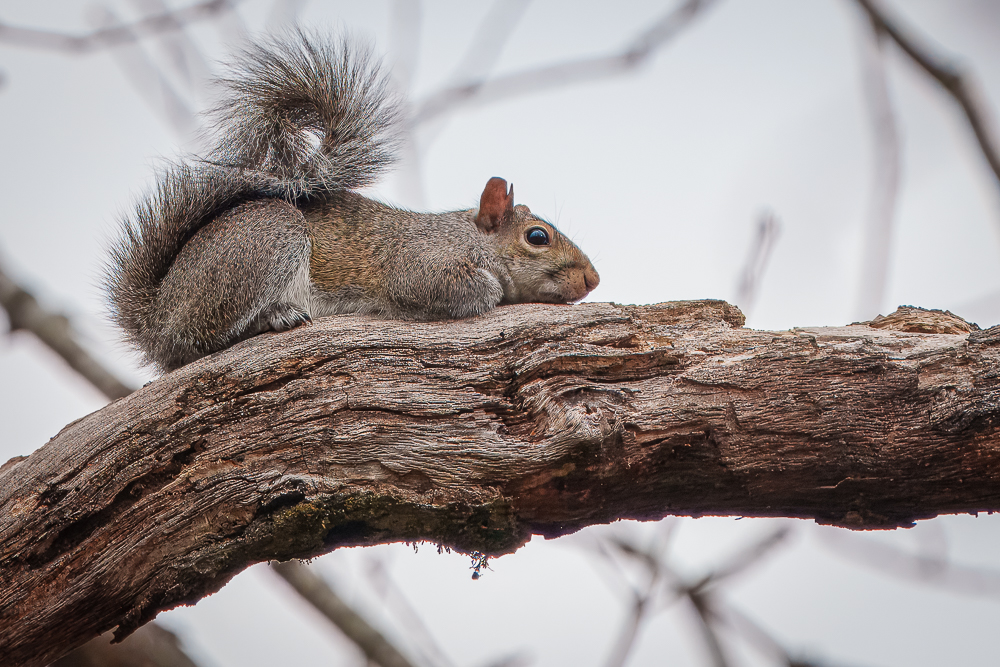
A Carolina Wren, Pileated Woodpecker, and Dark-eyed Junco were photographed on December 24.
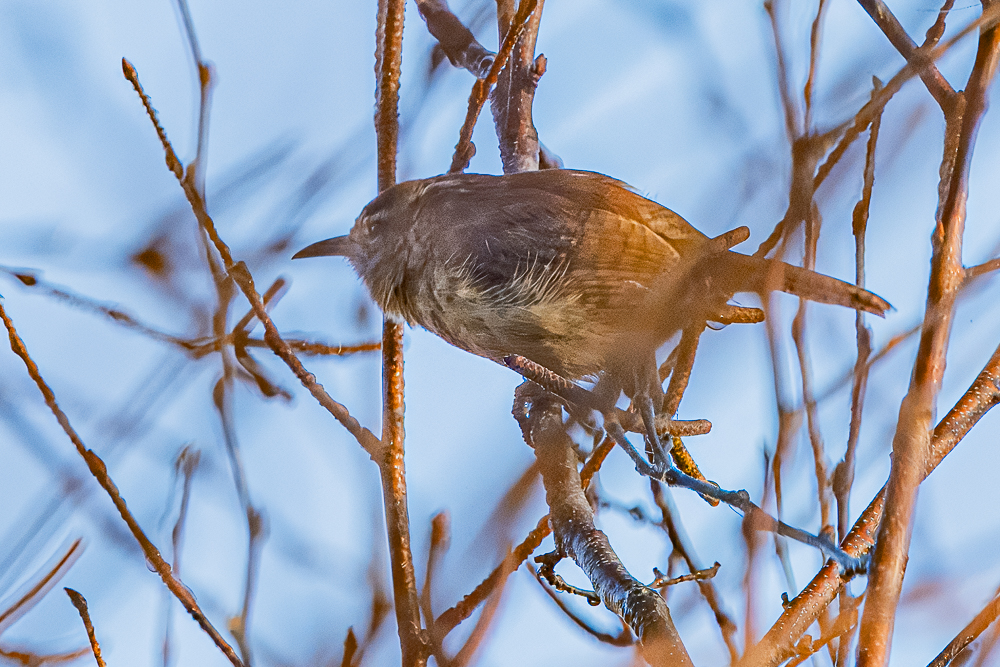


And, an American Crow and Pileated Woodpecker perched on a far away tree long enough to be photographed on December 27, 2025.

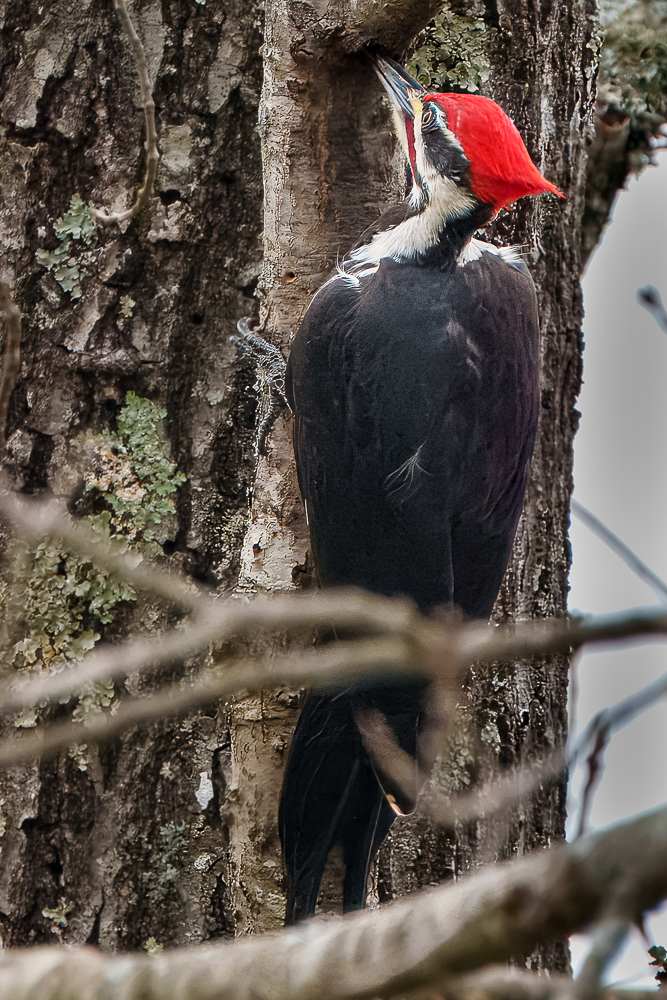
The year 2025 was a good one, and we were blessed to not have any major illnesses or accidents. We sadly lost several friends, mostly unexpected. We look forward to 2026, and have few clues as to what the year will bring..However, it’s unlikely that we’ll be able to maintain the same pace as 2025!


